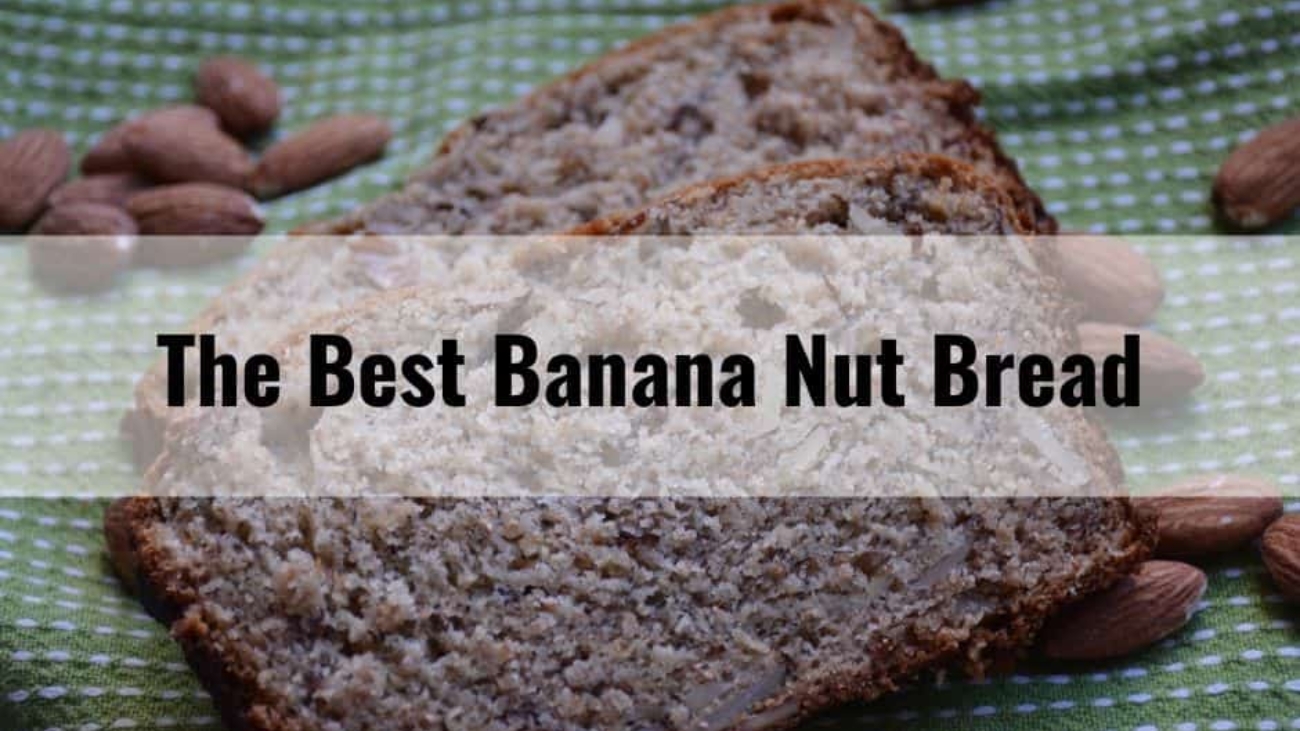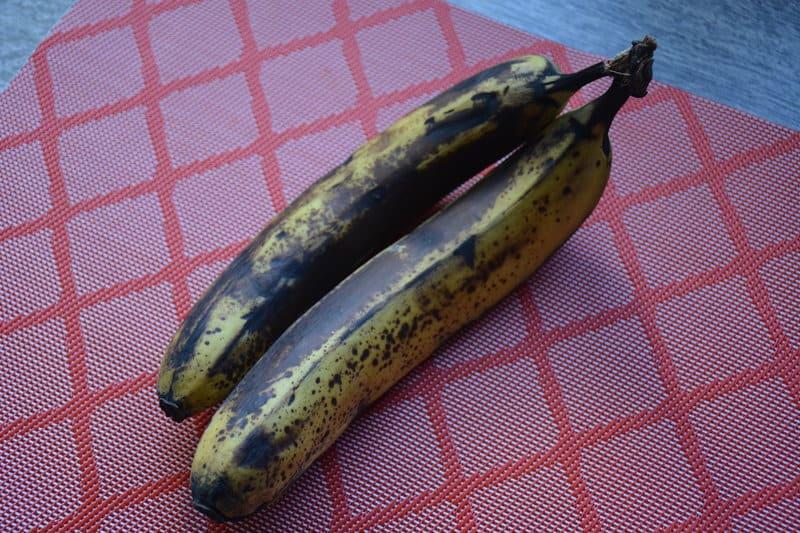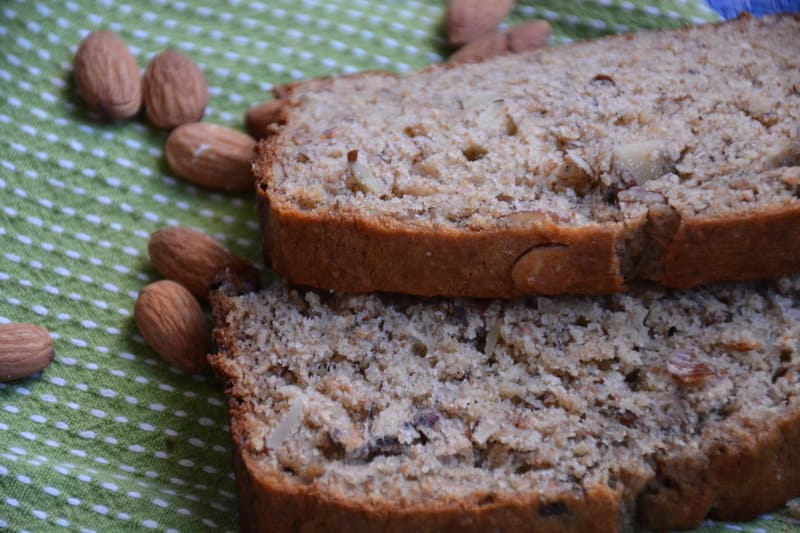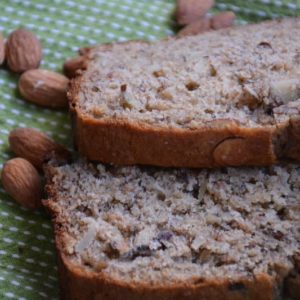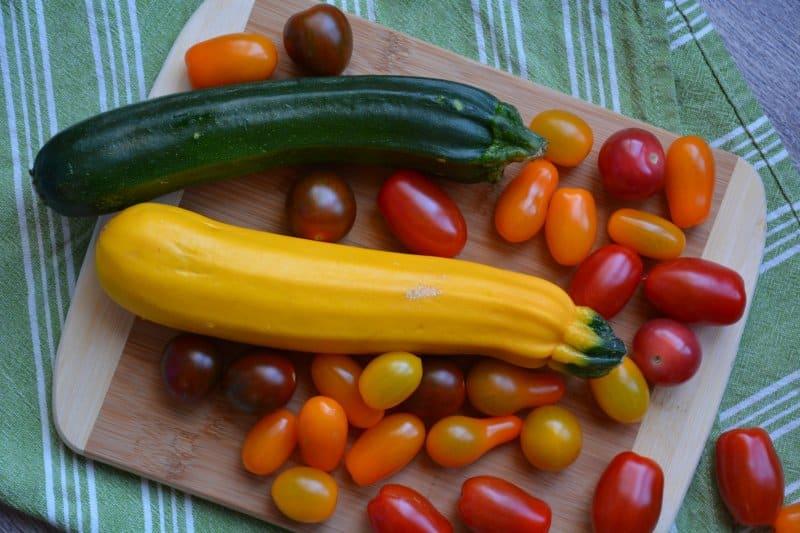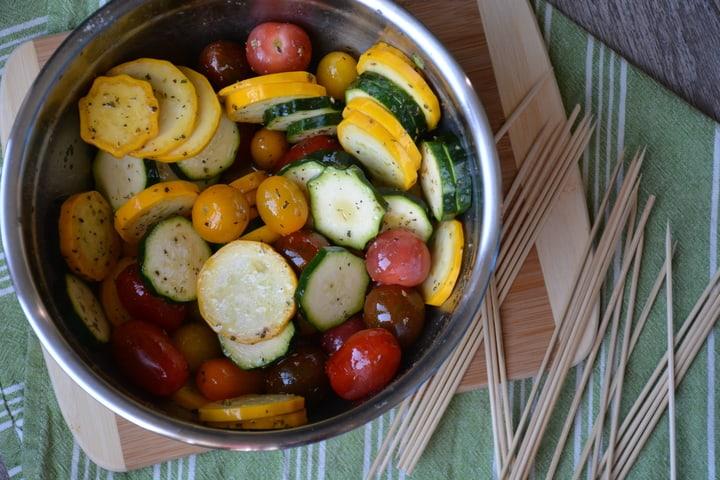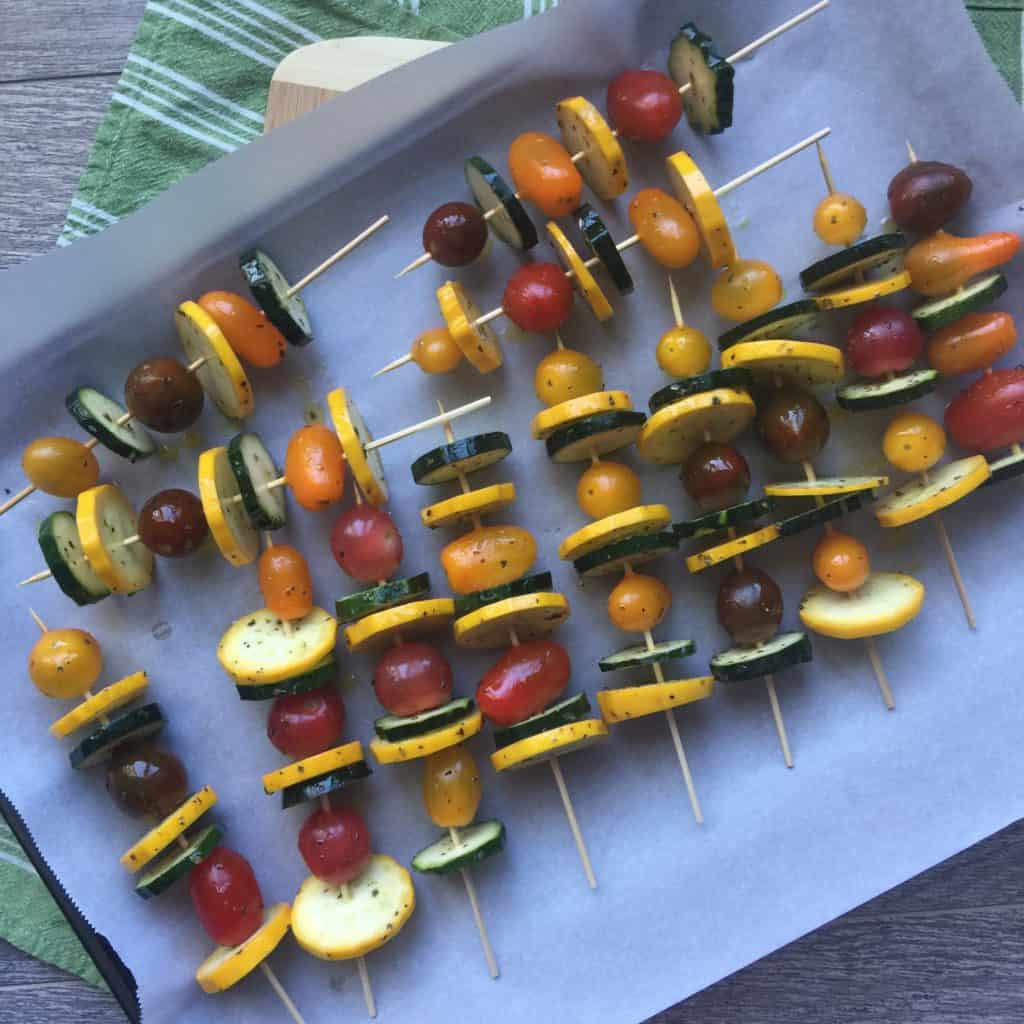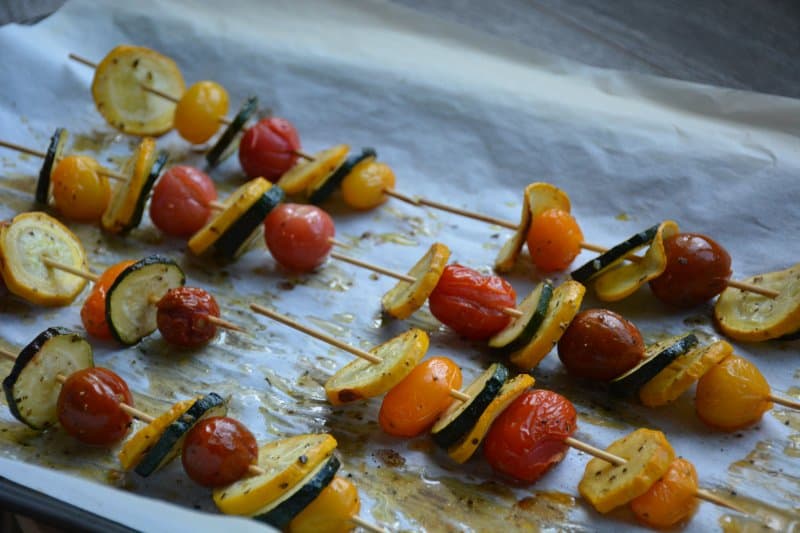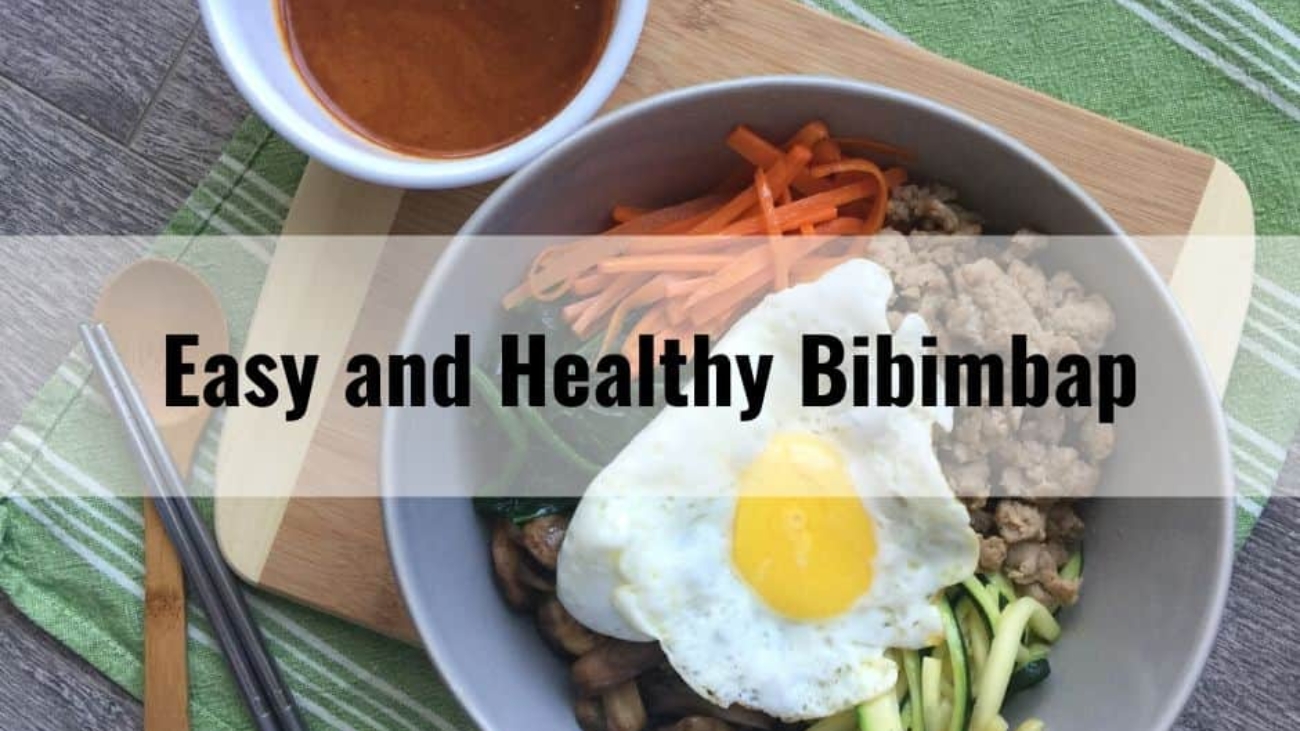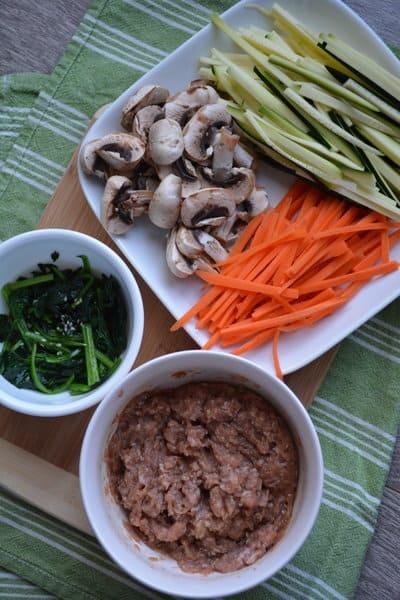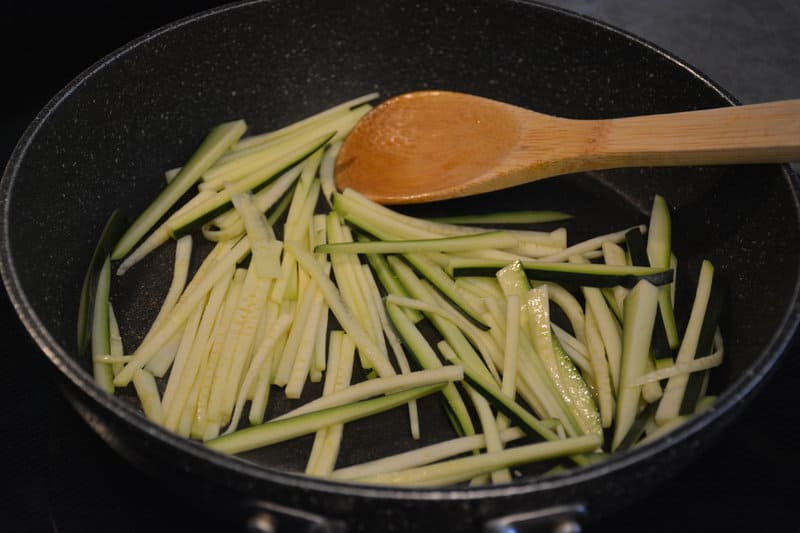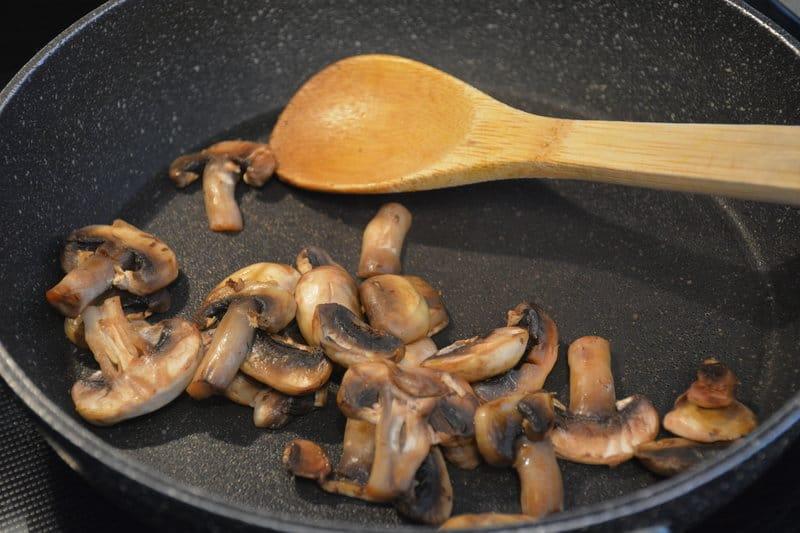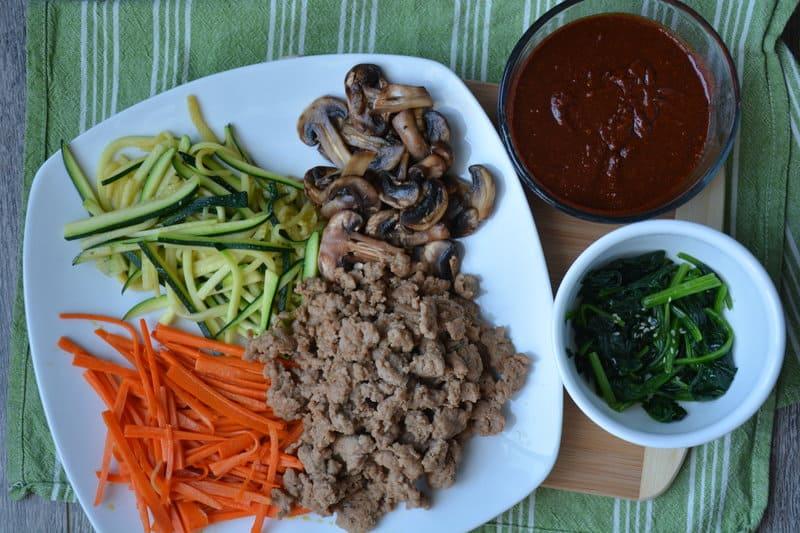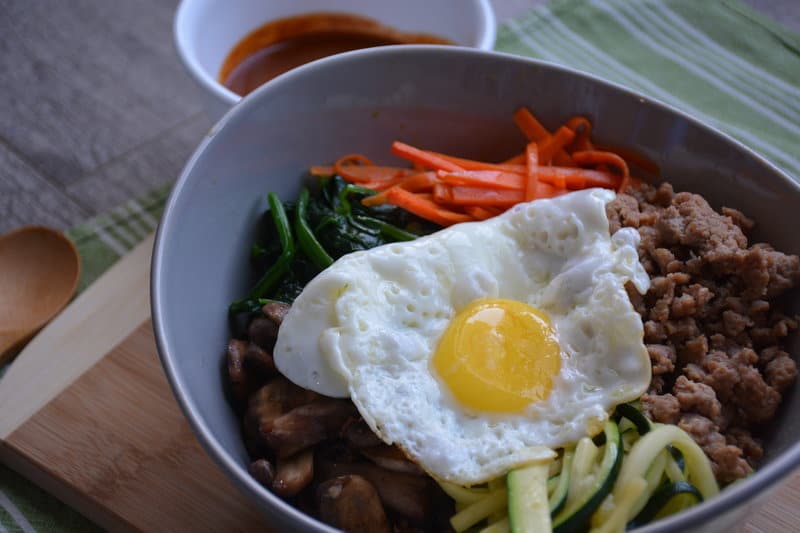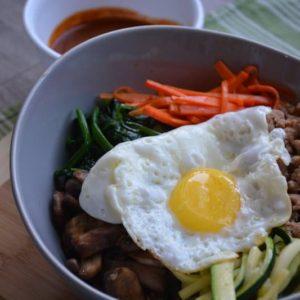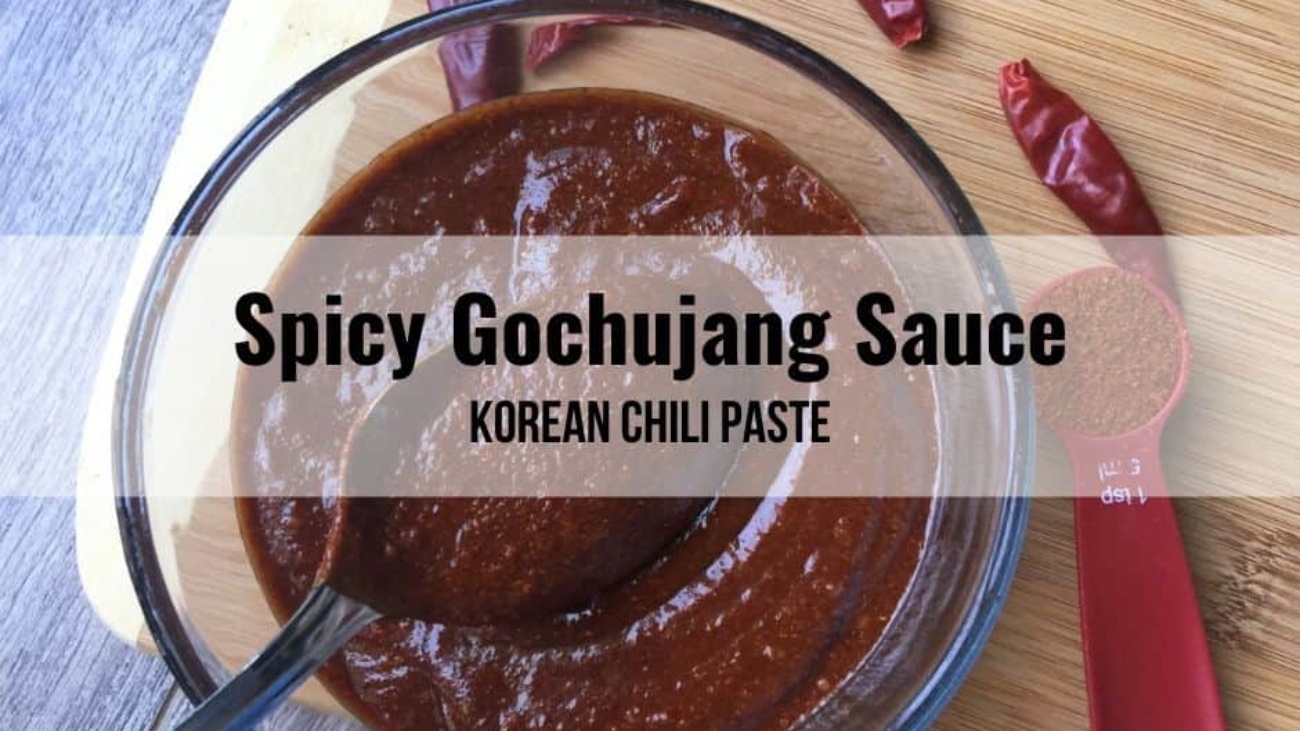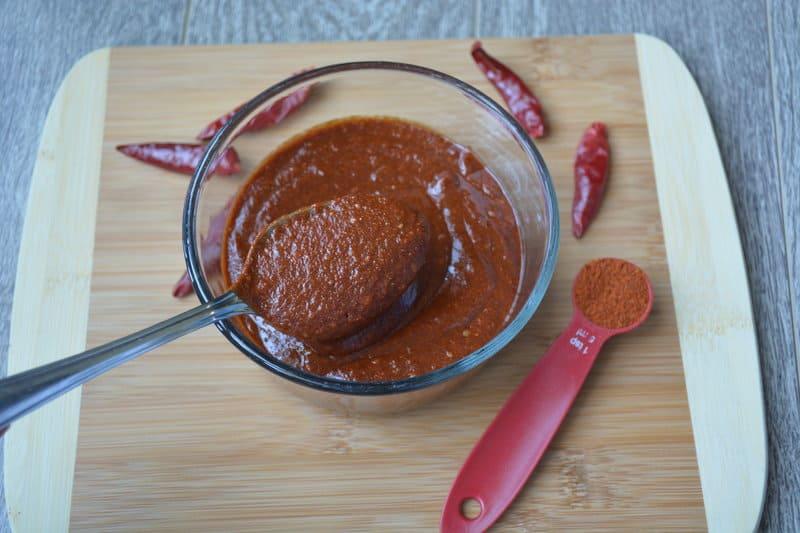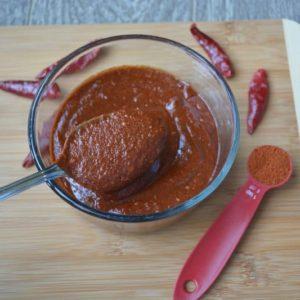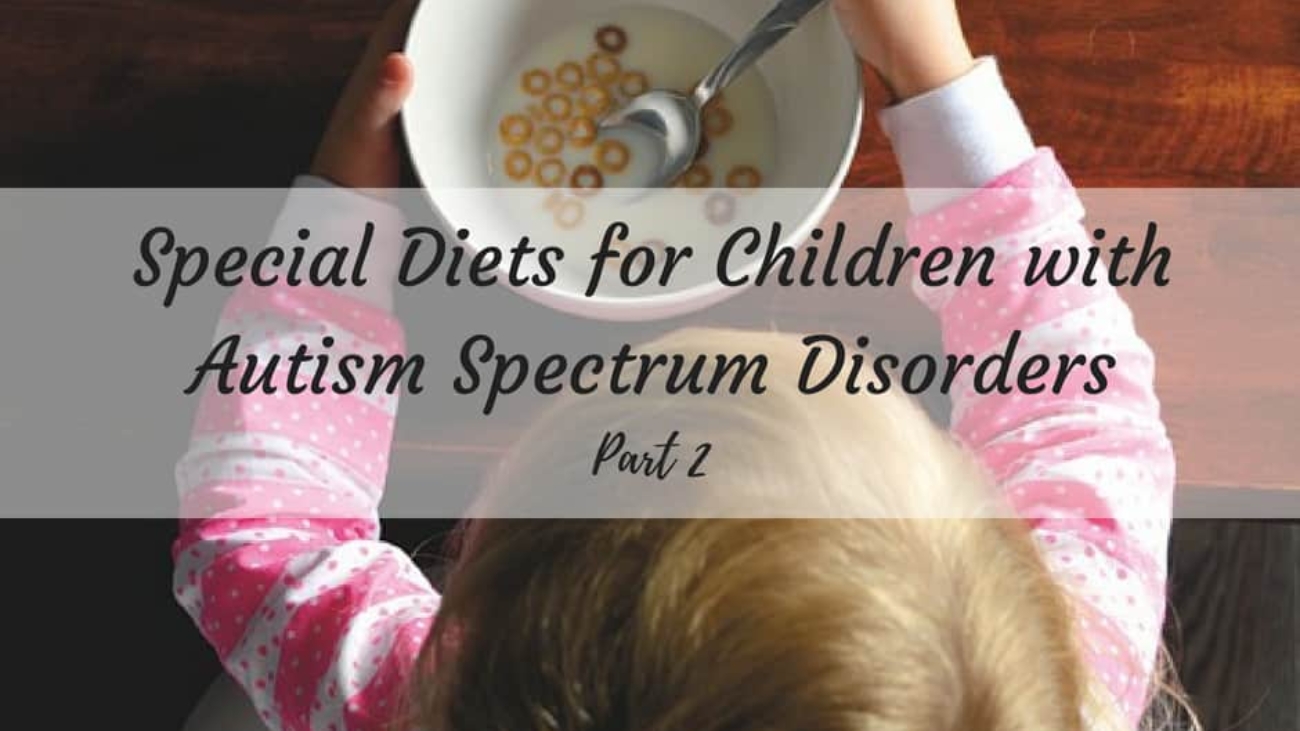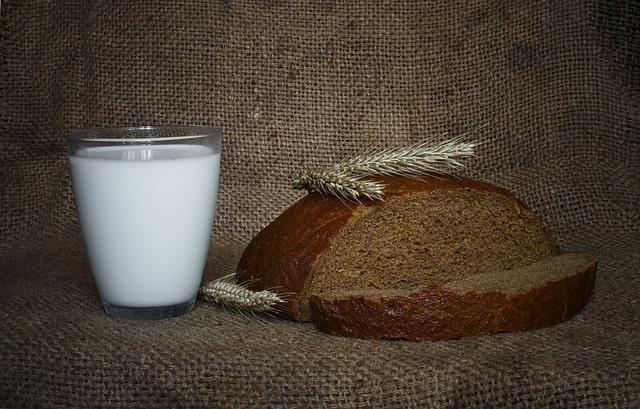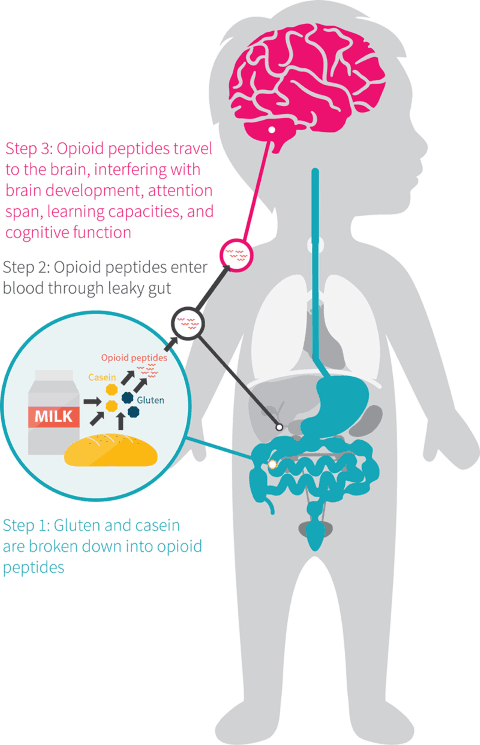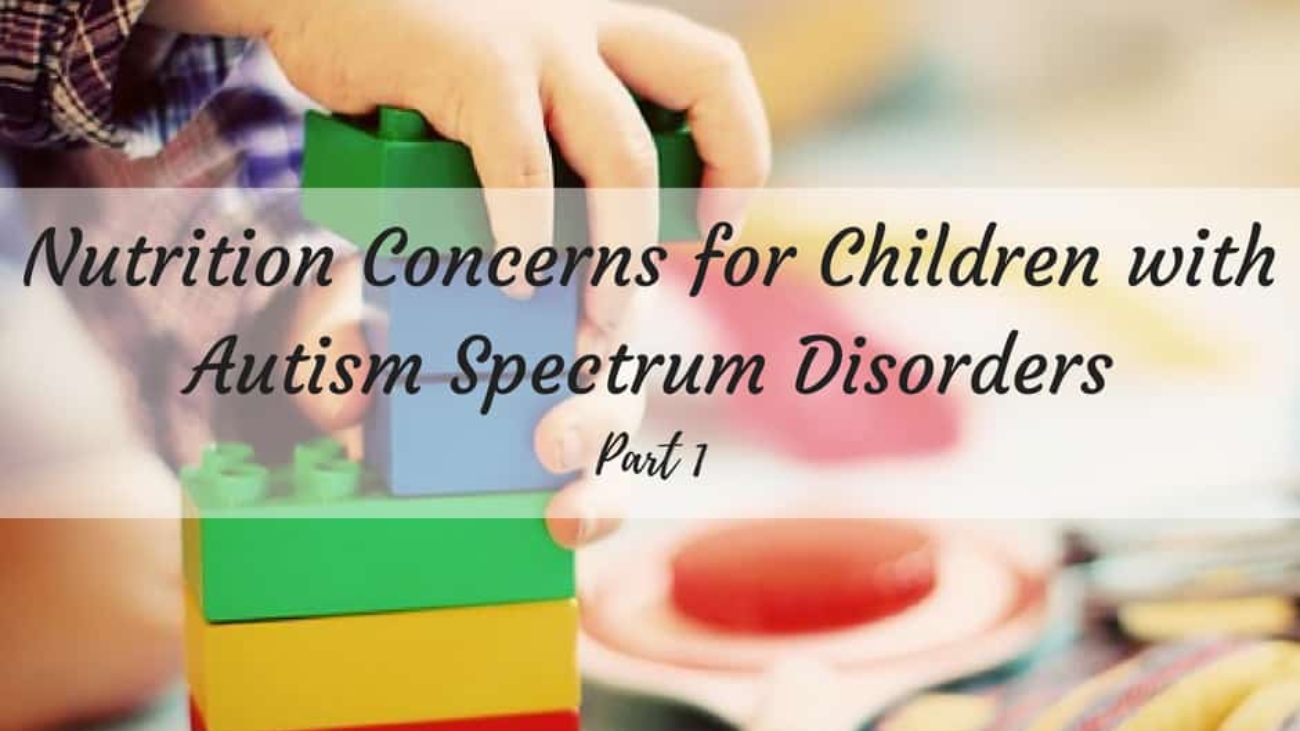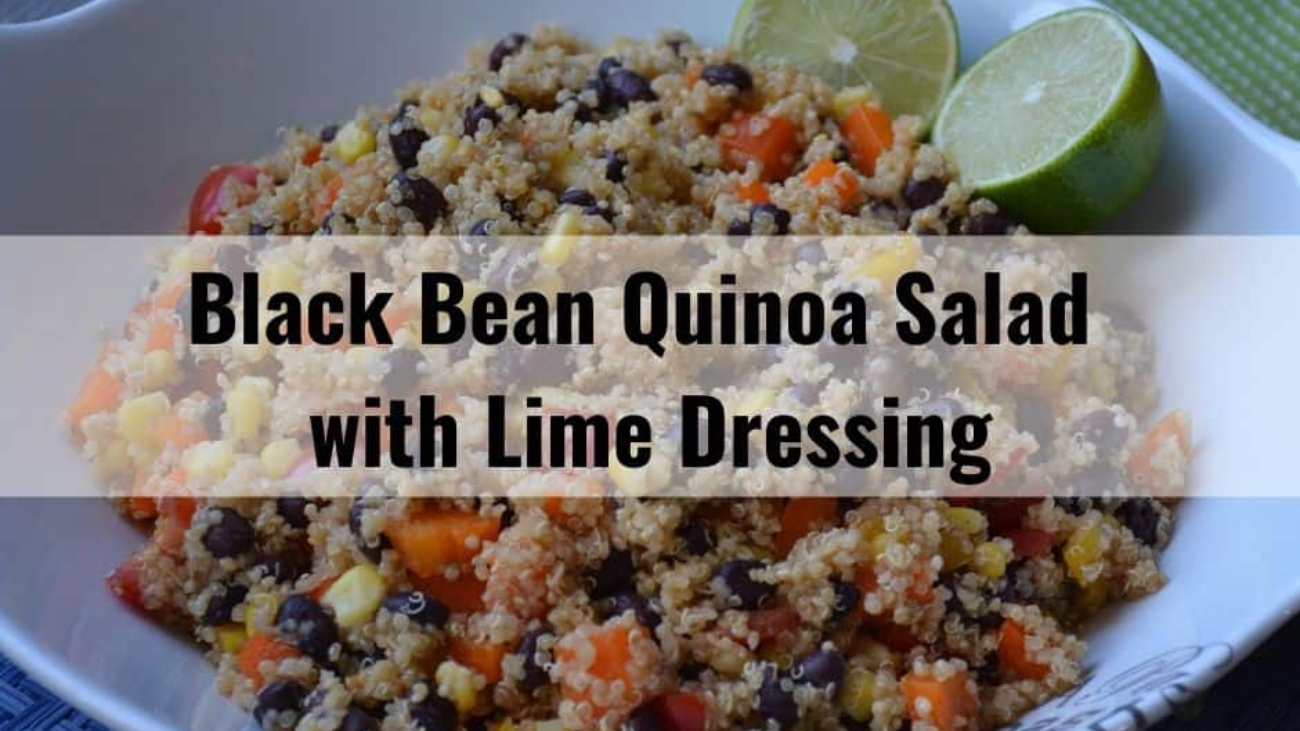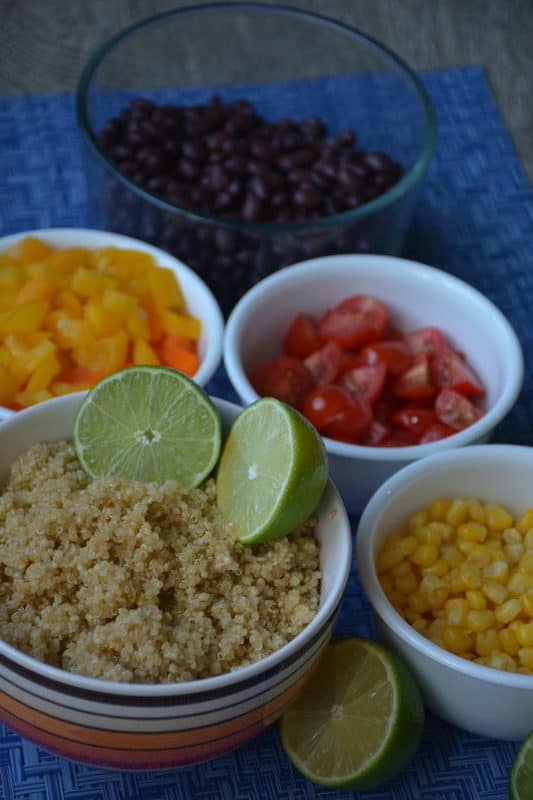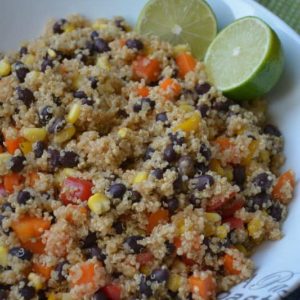As a mother and a dietitian, I understand how difficult it can be to encourage your children to eat enough fruits and vegetables. One way to spark their interest is by teaching them where food comes from. In today’s world, many of use are disconnected from the process of growing food. By involving your kids in gardening, you can bridge that gap and help them appreciate the effort behind every meal.
Gardening gives children hand-on experience, showing them that food doesn’t just come from the supermarket – it grows from the soils. Research (here, here) has consistently shown that when children participate in growing fruits and vegetables, they are more likely to eat and enjoy them. They also become open to trying new types of produce, turning mealtime into an exciting adventure.
YOU CHILDREN CAN BE PART OF THE PLANTING AND GROWING PROCESS

Gardening is an activity that can captivate children of all ages. Younger kids, like preschoolers, are often fascinated by the hands-on fun of digging in the dirt, planting seeds, and watering with a garden hose. Older children, on the other hand, may be more intrigued by watching a tiny seed transform into an edible plant.
To make it engaging, ask your children which fruits or vegetables they’d like to grow. Assign age-appropriate tasks like watering, weeding, or harvesting to teach them responsibility. Being involved in every step of the process—from planting to picking—gets kids excited to taste the fruits and vegetables they’ve grown themselves.
ENCOURAGE TASTE TESTING

Gardening introduce your children to a variety of fruits and vegetables so take advantages of the opportunity to encourage taste testing! Let them sample fresh produce straight from the garden (after a quick rinse to remove dirt) or enjoy it together at the dinner table.
Show your children how versatile fresh produce can be. For instance, they might be amazed at how a tomato plucked straight from the vine tastes great on its own or in a homemade pasta sauce.
Children are often drawn to unique shapes and sizes, so cherry tomato plants (in the ground or pot) – just the right height for little hands – are wonderful choice for small gardeners.
INDOOR HERB GARDEN
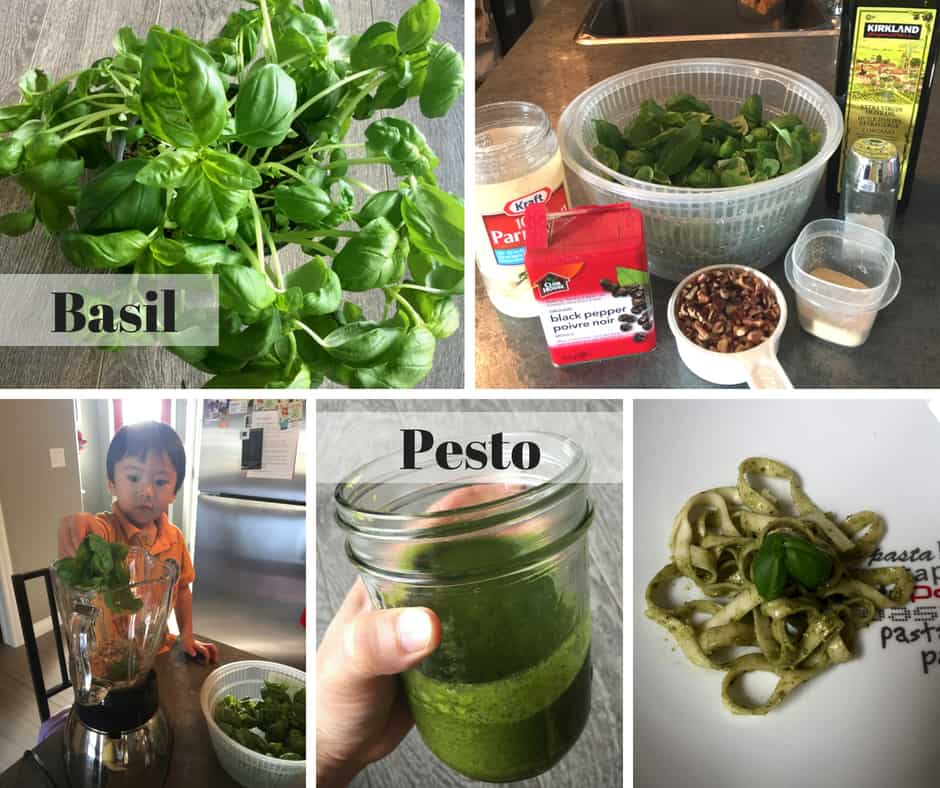
If outdoor space is limited, herbs are a fantastic starting point for gardening. They’re easy to grow, require minimal space, and thrive in small pots on sunny windowsills. Strat with herbs like parsley, basil, rosemary, or green onion.
If you end up with more herbs than you need, don’t worry! Excess basil can be turn into pesto, frozen in ice cube trays, and stored for later use. You can also dry herbs for long-term storage and cooking.
START WITH WHAT YOU EAT
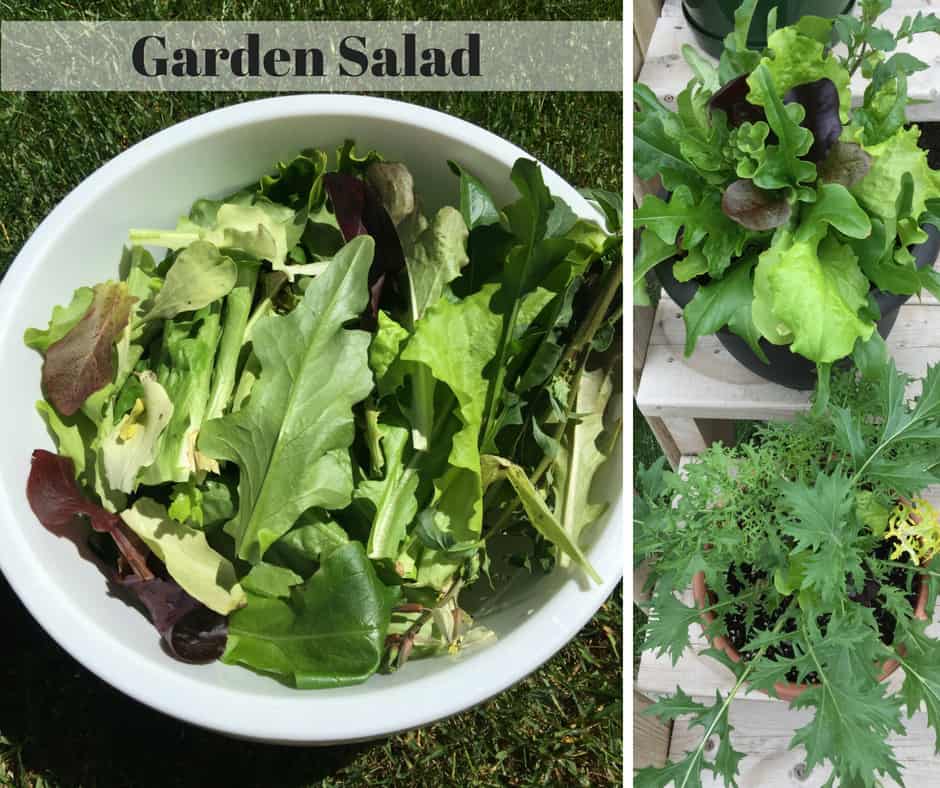
Keep it simple by growing a garden with a meal in mind. For example, plant ingredients for a fresh dinner salad: lettuce, carrots, tomatoes and cucumbers. These crops are kid-friendly and easy to grow.
For faster results, choose plants that grow quickly, like green beans or carrots; or one that produce abundantly, such as cherry tomatoes. Seeing their hard work turn into food on the table motivates children and keep them interested.
GARDENING IN SMALL SPACES

No yard? No space? No problem! You can still garden in small spaces using large pots, containers or planters. These can be placed on a balcony , car porch, or even by a sunny window. Foods like tomatoes, salad greens, peppers and cucumbers grow well in containers and don’t require much room.
MY GARDENING EXPERIENCE IN CANADA
Gardening has been rewarding experience for my family, helping us connect with nature and each other. It encourages curiosity, build self-confidence, and teaches resourcefulness. Plus, it’s great way to get outside, enjoy fresh air, and stay active as a family.
Last summer, my husband, 3 year old son, and I decided to try gardening for the first time. Using containers in our backyard, we planted a variety of fruits and vegetables. It was a learning experience filled with trial and error, but it turned out toe be one of the most fulfilling projects we’ve ever done together.
WHAT YOU NEED TO START YOUR INDOOR OR OUTDOOR GARDEN
Start a garden doesn’t require much. Here’s a simple checklist to get you started:
- Pots or Planters: Perfect for small spaces like patios or balconies.
- Soil: Look for organic soil, which is widely available at nurseries.
- Seeds: Nurseries offer a variety of seeds to choose from.
- Water: Essential for keeping your plants healthy.
- Sunlight: Ensure your garden gets plenty of light, whether indoors or out.
- Space: A backyard, balcony, or even a sunny windowsill will work.
- Patience: Gardening is a process, but the rewards are worth it!

After a few months, your hard work will pay off with fresh and delicious fruits and vegetables for the whole family to enjoy.
MAKE IT FUN AND MEMORABLE
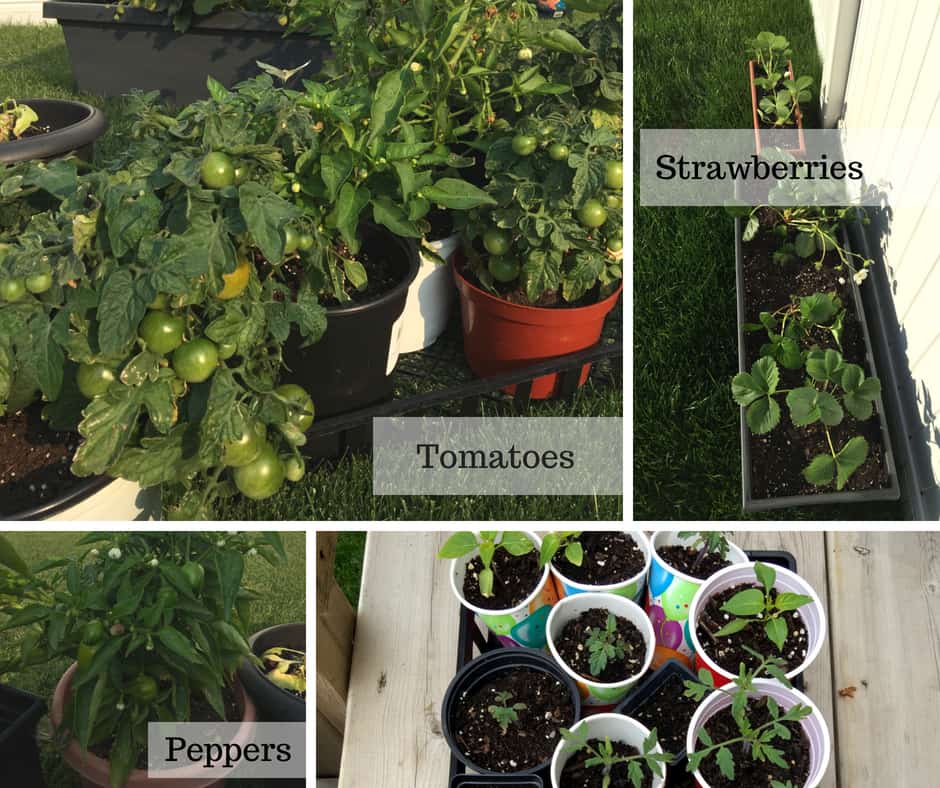
Gardening isn’t just about the results, it is about enjoying the process. Whether your carrots turn out perfectly or look a little quirky, the time spent together is what matters most. Plus, children love getting dirty, so embrace the mess and make it part of the fun!.
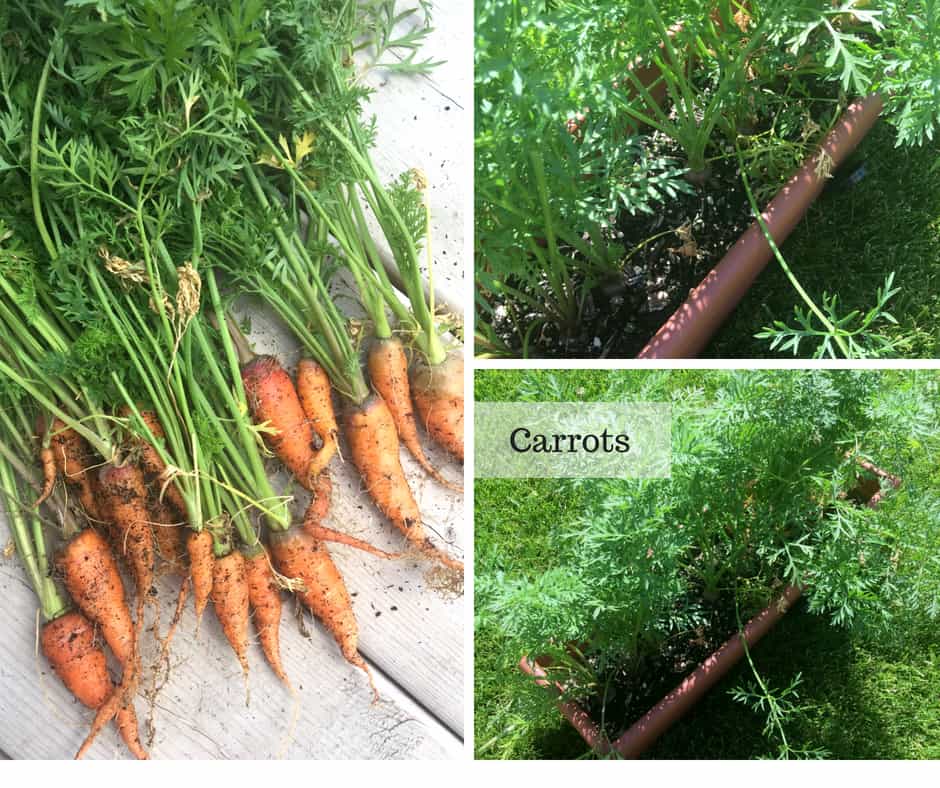
Harvesting roots and tubers , like carrots and potatoes can feel like a treasure hunt. There’s nothing more exciting for a child than pulling a carrot out of the ground, rinsing it, and taking a bite right away.
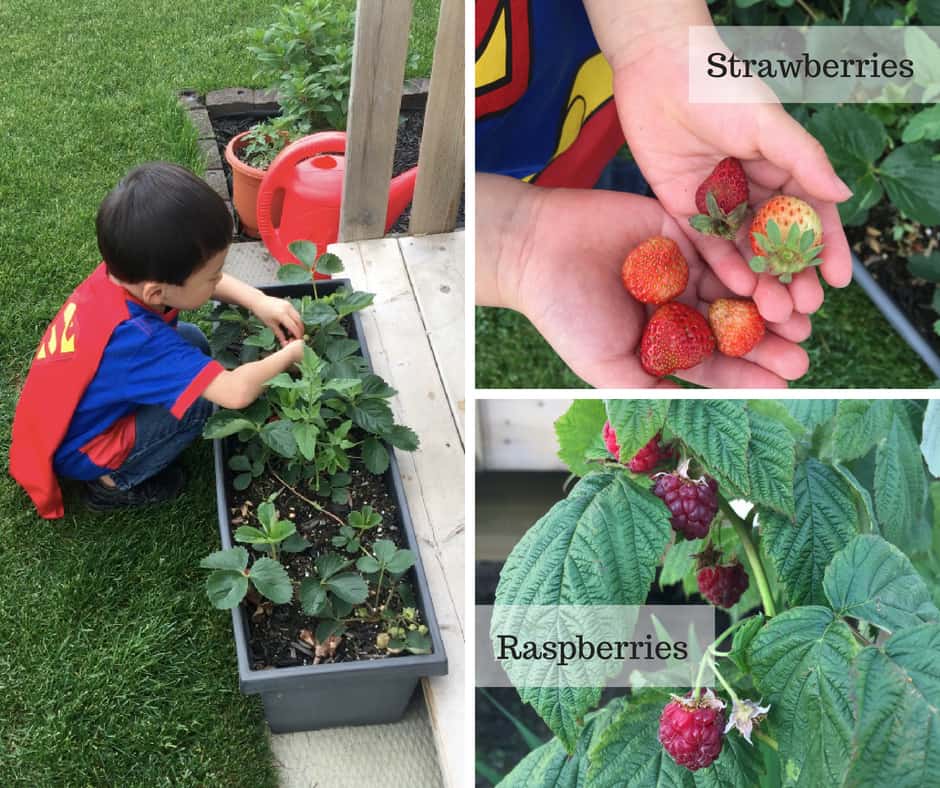
Even for younger children, the growing process is magical. Watching low-maintenance, easy-to-grow and brightly colored berries grow and ripen is a thrill. These small victories make gardening a rewarding experience for children of all ages.
ADAPTING TO SHORT GROWING SEASONS
In Canada, the long winters can make outdoor gardening challenging, with a growing season that feels all too short. That’s why this year, we’re focusing more on growing indoor herbs. Herbs are easy to care for, thrive indoors, and can be grown year-round—perfect for adding fresh flavors to meals even when it’s snowing outside.
WHAT ABOUT MALAYSIA? YOU CAN ENJOY A YEAR-ROUND HARVEST
One of the perks of living in Malaysia is the tropical climate, which allows for gardening all year round. Here are two fun and simple ways to get started:
Start an Herb Garden
- Herb gardens are great for young children and can be grown any time of the year.
- Growing herbs doesn’t take much work. All you need is some soil, plenty of sunlight, and regular watering. The process, from planting seeds to using the herbs in cooking, is similar to that of a garden. Children will love experimenting with the flavors they’ve grown themselves!
- Herbs to try: Oregano, thyme, mint, rosemary, basil, lemongrass, curry leaf, green onion, ginger, and onoin.
Start a Vegetable Garden
- Let children pick out some of the seeds they want to plant.
- Use it as an opportunity to teach them about gardening essentials like:
- Choosing the right fertilizer
- Managing pests naturally
- Exploring co-planting techniques to maximize growth
- Gardening with groups of small children should be fun and engaging. Break up the hard work with creative activities like decorating plant markers, taking garden breaks to relax, or simply enjoying the space together.
- Vegetables to try: lettuce, long bean, kale, bell peppers, chili, kangkung, choy sum, cucumbers, tomatoes, spinach, cabbage, and okra.
BOTTOM LINE
Gardening is a fun, hands-on way to teach children where their food comes from while fostering a sense of responsibility and accomplishment.
When children are involved in growing and preparing their own food, they’re more likely to taste and enjoy it, making it excellent activity for encouraging healthier eating habits..
Children who grow food and prepare it are more likely to try it.


